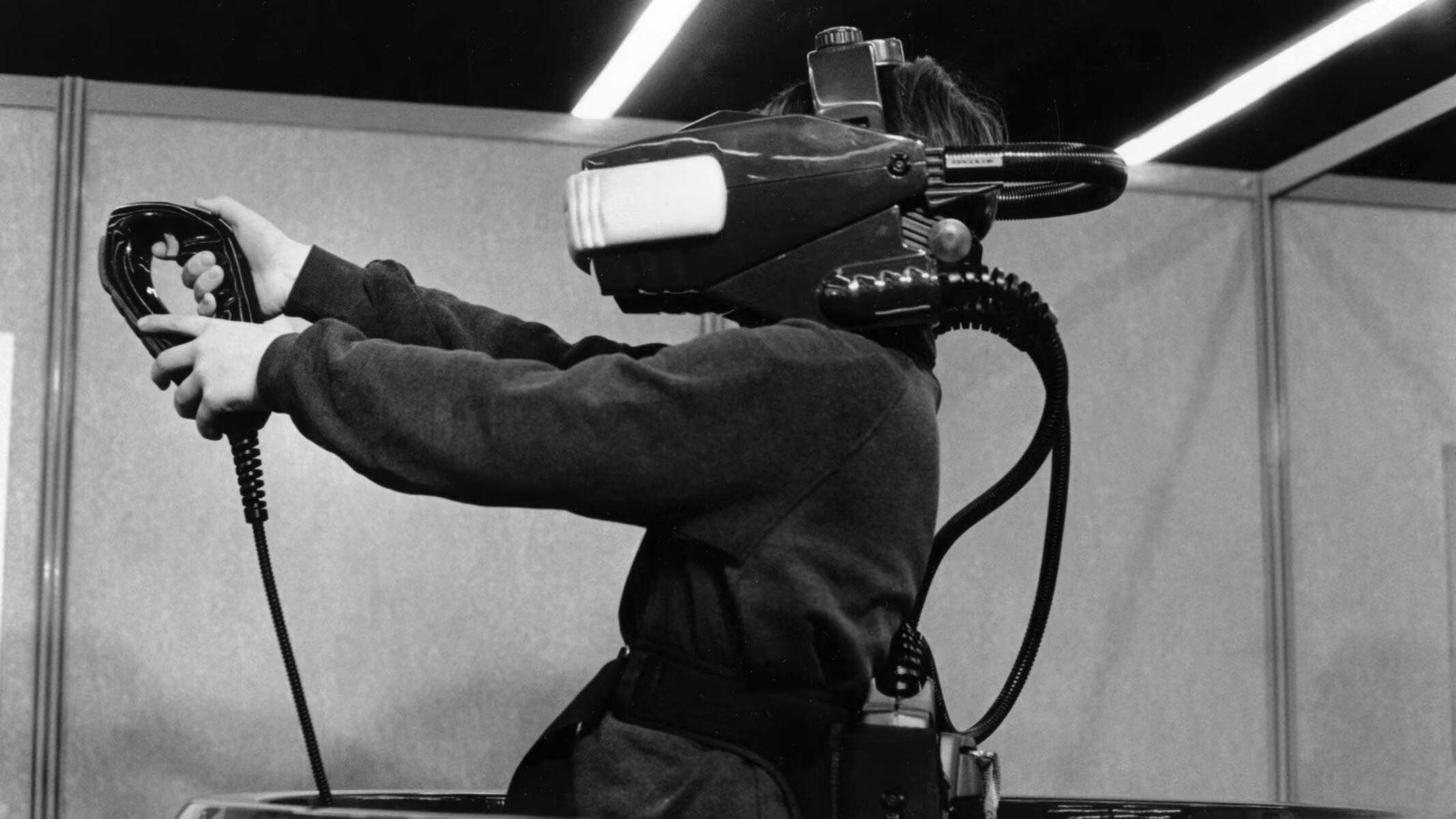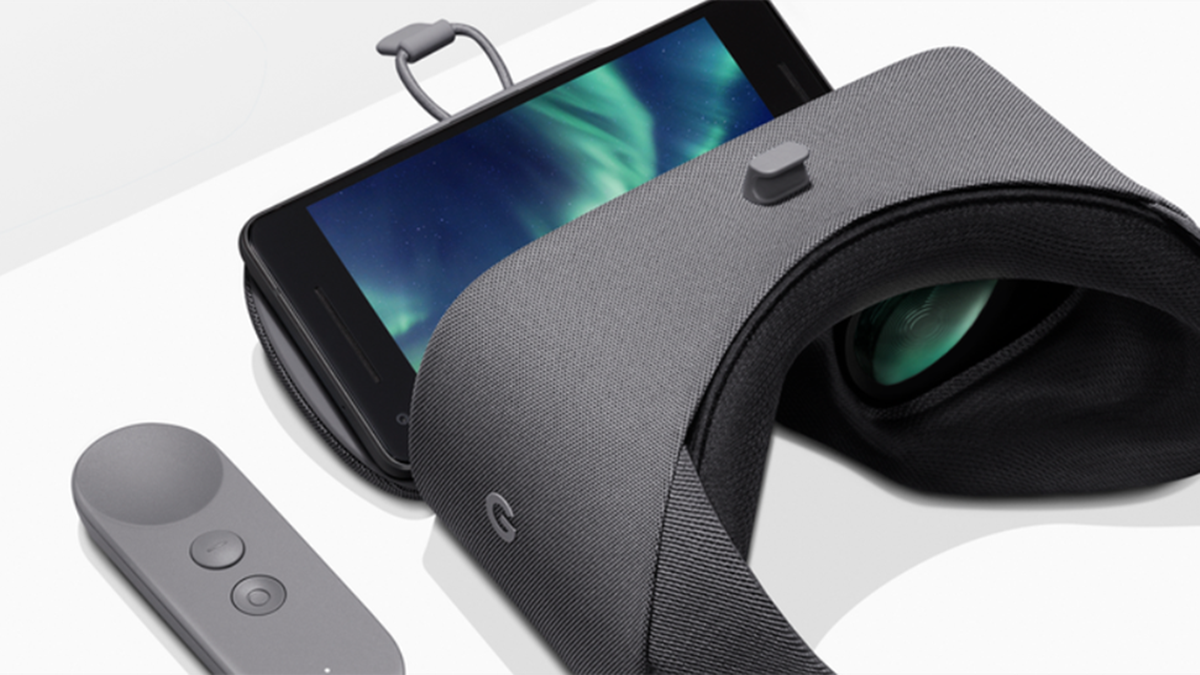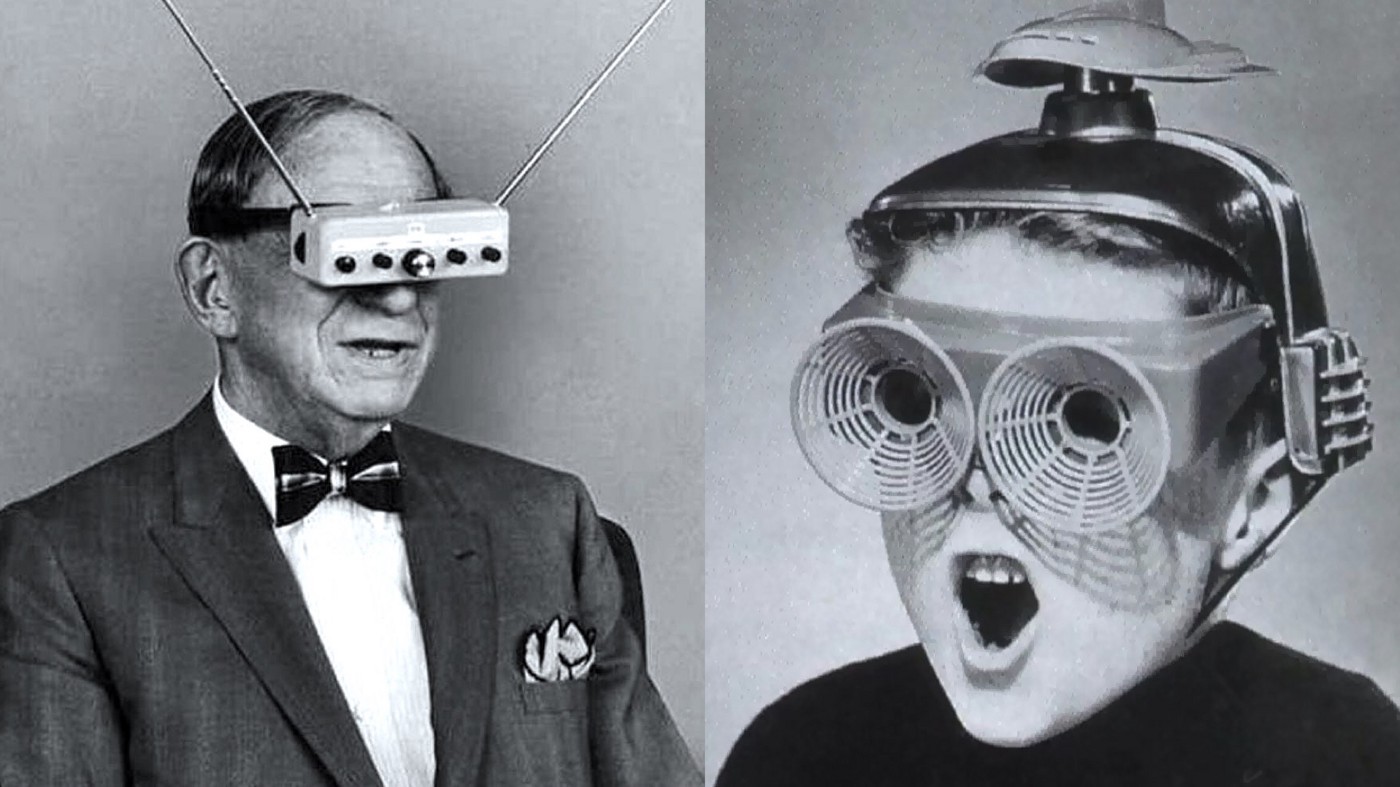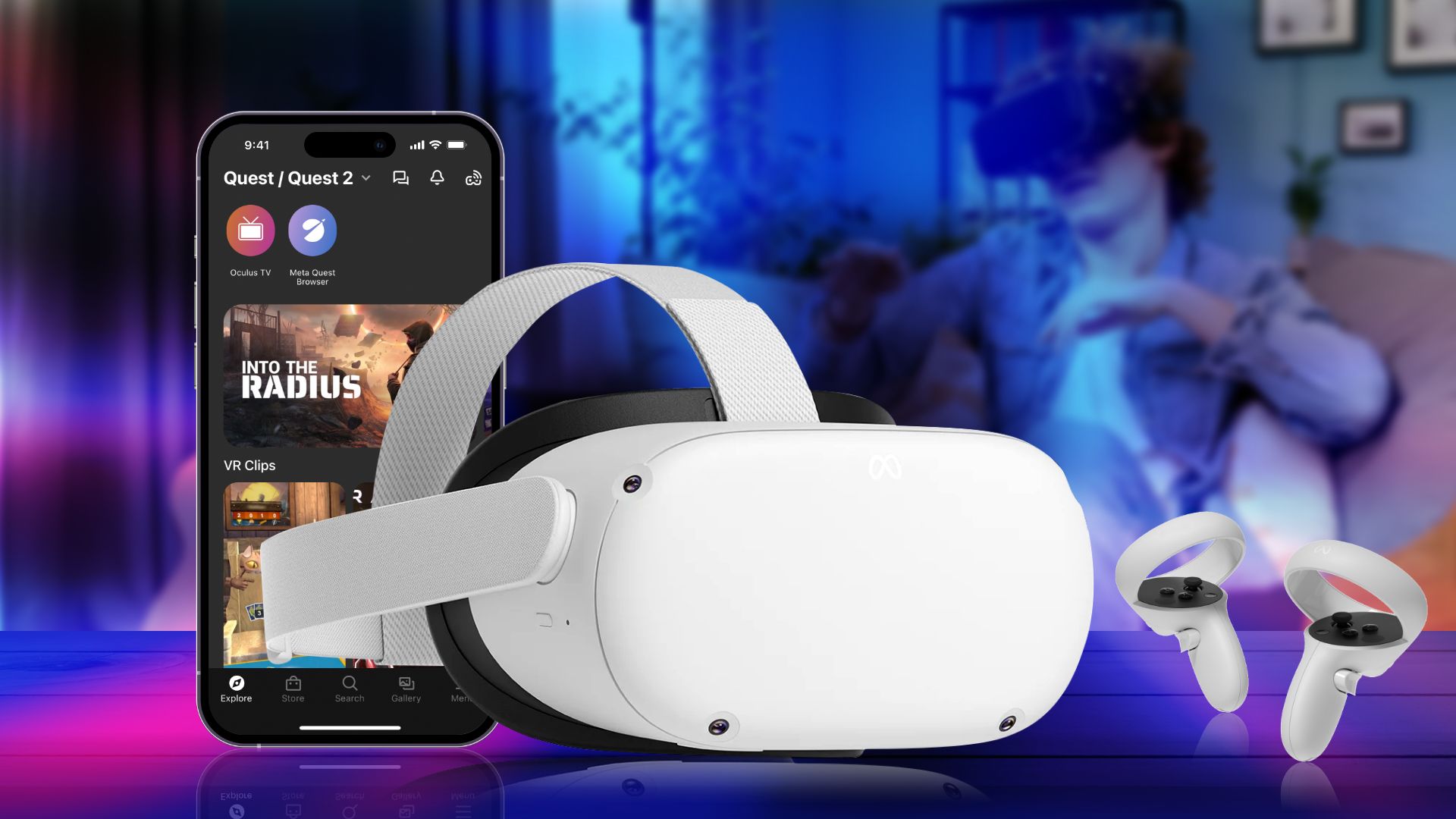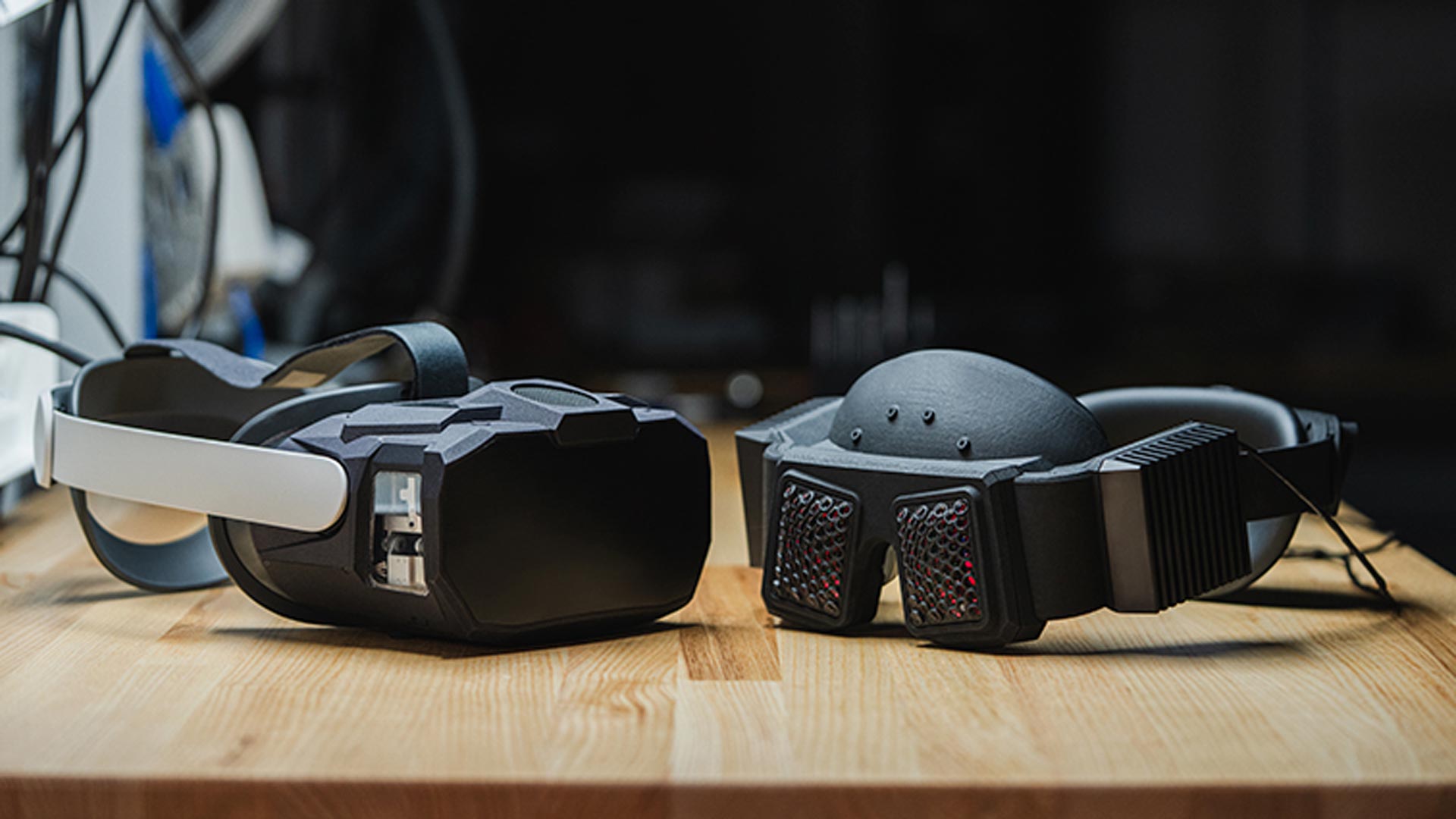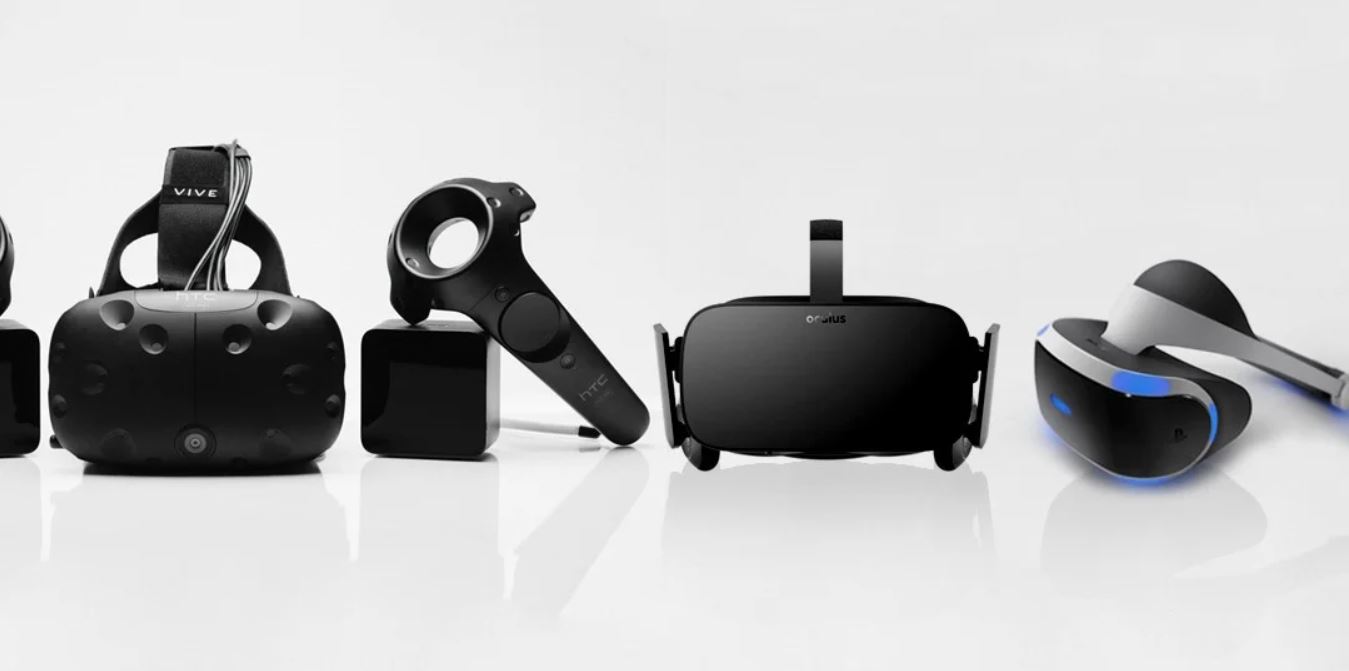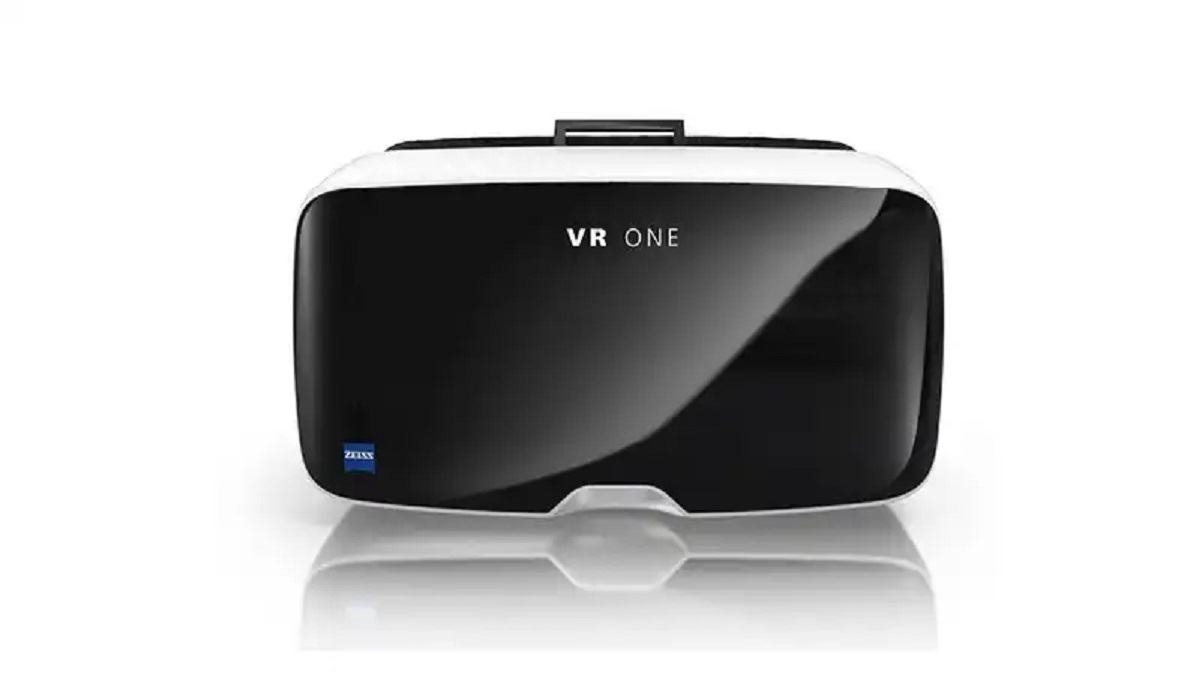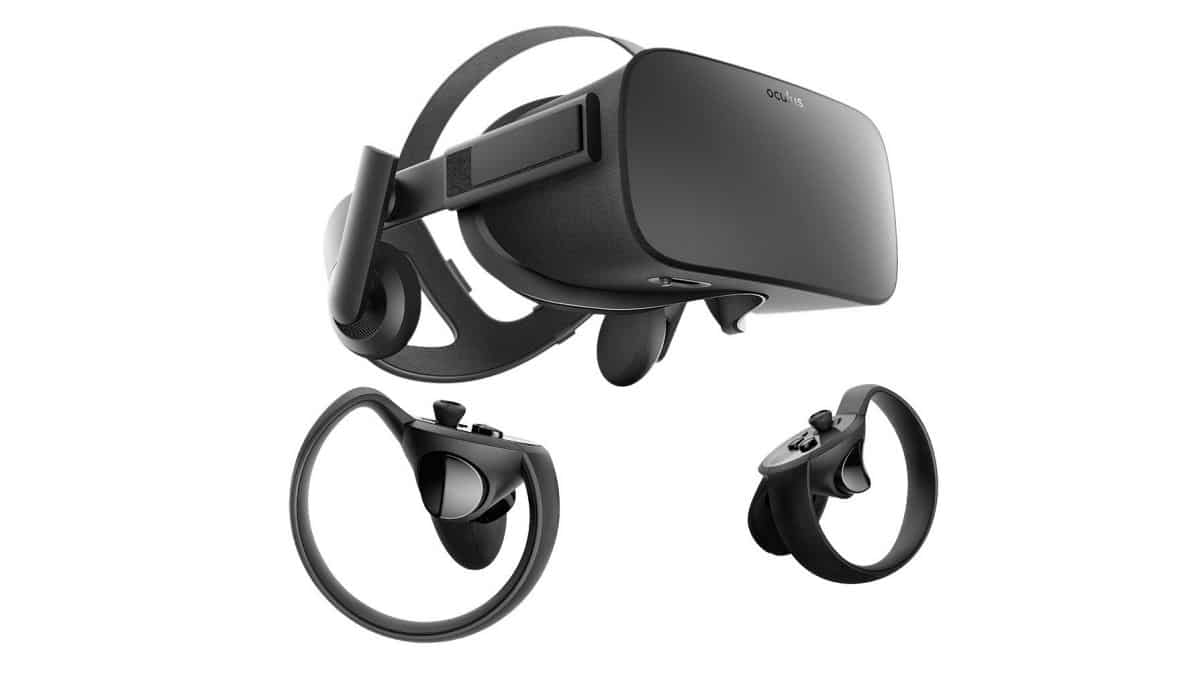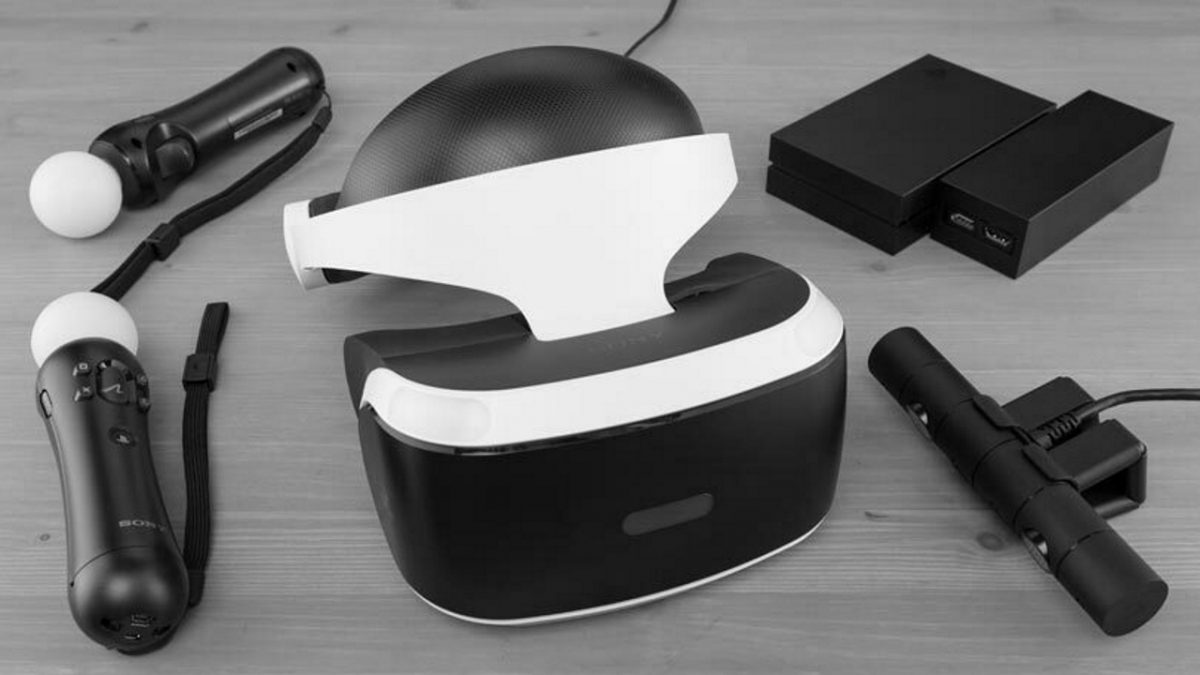Introduction
Virtual Reality (VR) has become an integral part of our modern world, revolutionizing the way we experience digital content. Whether it’s for gaming, education, or even therapeutic applications, VR transports us to virtual realms that feel incredibly immersive and lifelike. But have you ever wondered when the first VR headset was made and how this technology originated?
VR technology has a fascinating history that spans several decades. It all began with the concept of creating an artificial reality, where users could engage with computer-generated environments in a realistic manner. The journey towards creating the first VR headset involved numerous innovators and technological advancements.
Throughout this article, we will explore the birth of virtual reality, the early VR machines, and the significant milestones that led to the creation of the very first head-mounted display (HMD). We will also look at the impact of pioneering devices like the Virtual Boy and how the 90s marked a decade of progress for VR technology. Finally, we will delve into the breakthrough moment when the Oculus Rift brought VR to the masses.
By tracing the evolution of VR technology, we can gain a deeper appreciation for the incredible advancements achieved in this field. So, join us on this journey as we uncover the fascinating story of the first VR headset and the subsequent developments that have shaped the virtual reality landscape as we know it today.
The Birth of Virtual Reality
Before we dive into the details of the first VR headset, let’s explore the origins of virtual reality itself. The concept of creating artificial reality can be traced back to the mid-20th century when scientists and visionaries began imagining the possibilities of immersing oneself in a digital environment.
In the 1950s and 1960s, leading computer scientists like Ivan Sutherland and Douglas Engelbart began experimenting with early forms of virtual reality. Their work laid the foundation for the development of immersive technologies that would emerge in the decades to come.
One of the groundbreaking inventions during this early period was the Sensorama, created by Morton Heilig in 1962. The Sensorama was a mechanical device that offered a multi-sensory experience, including stereoscopic 3D visuals, surround sound, and even smells. Although not considered a true VR headset, the Sensorama demonstrated the potential of immersing users in a simulated environment.
Another significant breakthrough came in 1968 when Ivan Sutherland developed the “Sword of Damocles,” an elaborate head-mounted display (HMD) that projected basic wireframe graphics onto a user’s vision. While bulky and impractical by today’s standards, the Sword of Damocles was a crucial milestone in the development of the first VR headset.
As the technology continued to advance, the term “virtual reality” was coined by Jaron Lanier in the late 1980s. Lanier, a computer scientist and entrepreneur, founded VPL Research, a company that specialized in creating VR hardware and software. His contributions paved the way for the future of virtual reality and helped popularize the concept among a broader audience.
With the foundation set and pioneers like Heilig, Sutherland, and Lanier pushing the boundaries of possibilities, the stage was set for the creation of the first true VR headset that would change the course of technology forever. The birth of virtual reality was imminent, and the world was about to witness a revolution in how we perceive and interact with the digital realm.
The Early VR Machines
After the groundwork laid by visionaries in the 1950s and 1960s, the 1970s and 1980s saw the emergence of early VR machines that paved the way for the first true VR headset. These machines, although rudimentary by today’s standards, played a critical role in advancing the technology and fueling the excitement around virtual reality.
One of the notable early VR machines was the Aspen Movie Map, developed by MIT in the late 1970s. This system utilized a head-mounted display to allow users to explore a digitized 3D map of the town of Aspen, Colorado. While more of an interactive documentary than a fully immersive virtual reality experience, the Aspen Movie Map highlighted the potential of VR applications beyond gaming and entertainment.
Another influential machine during this period was the Data Glove, invented by Thomas Zimmerman in 1986. The Data Glove used sensors to track the wearer’s hand movements, allowing for interaction with virtual objects. This early gestural control device further expanded the possibilities for immersive experiences in virtual reality.
Perhaps the most well-known early VR machine was the Virtuality system, developed by Jonathan Waldern in the late 1980s. The Virtuality system combined a head-mounted display with motion-tracking technology and provided users with immersive gaming experiences. It featured high-quality graphics for the time and multiplayer capabilities, making it a popular attraction in arcades and entertainment venues.
As these early VR machines gained attention and interest from both the gaming industry and the general public, the stage was set for the development of the first true VR headset that would bring virtual reality into the mainstream. The advancements made during this time laid the foundation for the future innovations that would shape the VR landscape in the years to come.
The First Head-Mounted Display
While the early VR machines set the stage for immersive experiences, it was the development of the first head-mounted display (HMD) that truly revolutionized virtual reality. The HMD allowed for a more personal and immersive experience, bringing users closer than ever to a digital world.
In 1968, Ivan Sutherland created the “Sword of Damocles,” an HMD that projected wireframe graphics onto the user’s vision. This early prototype was a glimpse into the future of virtual reality, but it was far from practical or comfortable for extended use.
However, it wasn’t until the 1990s that the industry witnessed significant advancements in HMD technology. One of the notable breakthroughs came with the invention of the Virtual Research VR helmet by Thomas Furness. This helmet featured a lightweight design, high-resolution display, and integrated stereo sound, providing users with a more immersive and enjoyable VR experience.
Another significant contribution came from Jaron Lanier and his company, VPL Research. In 1989, they introduced the “EyePhone,” a head-mounted display that combined stereoscopic visuals and head-tracking capabilities. The EyePhone marked a step forward in the development of the first true VR headset, laying the groundwork for future devices.
However, it was the Virtual Boy, released by Nintendo in 1995, that brought public attention to the concept of a consumer-ready, head-mounted virtual reality device. The Virtual Boy, although commercially unsuccessful, featured a stereoscopic HMD that immerses users in a 3D world. While not true VR in the modern sense, the Virtual Boy’s release was a significant milestone in popularizing the idea of a consumer-level VR headset.
These early HMDs showcased the potential of virtual reality and laid the foundation for the development of more advanced headsets in the years to come. The first head-mounted display devices set the stage for the future of VR technology, promising even more immersive and realistic experiences that would capture the imaginations of users worldwide.
The Arrival of the Virtual Boy
In 1995, Nintendo released a gaming console that would leave a lasting impact on the virtual reality landscape – the Virtual Boy. Although the Virtual Boy was not a true VR device in the modern sense, its release marked a significant moment in the history of immersive gaming.
The Virtual Boy was designed as a portable gaming system that used a head-mounted display (HMD) to deliver a stereoscopic 3D experience. Unlike traditional gaming consoles, the Virtual Boy aimed to create a sense of depth and immersion by tricking the user’s brain into perceiving a 3D space.
While the Virtual Boy generated excitement and anticipation among gamers, its reception was mixed. The device suffered from several limitations, including a monochromatic red display and limited game library. Additionally, the Virtual Boy’s head-mounted design proved uncomfortable for prolonged use, leading to issues like eye strain and neck discomfort.
Despite its shortcomings, the Virtual Boy is regarded as a predecessor to modern virtual reality gaming. It showcased the potential of creating immersive, 3D experiences through a head-mounted display and helped pave the way for future advancements in VR technology.
The Virtual Boy also served as a valuable learning experience for the gaming industry. It highlighted the importance of comfort, display quality, and expansive game libraries in creating a successful VR gaming platform. The lessons learned from the Virtual Boy’s shortcomings would later contribute to the development and refinement of true virtual reality headsets.
Although the Virtual Boy ultimately failed to capture a substantial market share and was discontinued less than a year after its release, its impact on the virtual reality industry cannot be overlooked. It sparked discussions and ignited curiosity around the potential of immersive gaming and set the stage for the future of virtual reality technology.
As we reflect on the arrival of the Virtual Boy, we can appreciate its role as a stepping stone in the evolution of virtual reality gaming. While it may not have been the groundbreaking success that Nintendo had hoped for, it left a lasting legacy and fueled the ongoing pursuit of creating immersive and realistic gaming experiences for players worldwide.
The 90s: A Decade of Progress
The 1990s proved to be a pivotal decade for virtual reality, as rapid advancements and innovation propelled the technology forward. This era witnessed significant progress in the development of VR hardware, software, and applications, shaping the foundation of modern virtual reality as we know it today.
One of the notable milestones in the 90s was the creation of the Virtuality Group, a company that focused on developing virtual reality arcade machines. These machines allowed users to experience immersive and interactive virtual reality games, attracting widespread attention and popularizing the concept of VR entertainment.
Another influential development during this period was the release of the Sega VR headset in 1993. Although the device never made it to the consumer market due to technical limitations and high production costs, it showcased the growing interest and investment in virtual reality technology.
The 90s also saw breakthroughs in VR applications beyond gaming. Medical professionals began exploring the use of virtual reality for surgical training and simulation, creating immersive environments to enhance training efficacy and reduce risks. Additionally, the military recognized the potential of VR for training purposes, utilizing the technology to simulate combat scenarios and enhance soldier preparedness.
Furthermore, companies like VPL Research and SensAble Technologies introduced data gloves and haptic feedback devices, enabling users to interact with virtual objects and feel a sense of touch. These advancements brought about a new level of realism and interactivity to virtual reality experiences.
While the progress made in the 90s was significant, the technology still faced challenges. VR headsets remained expensive, complex, and often required powerful computer systems. Despite these hurdles, the groundwork laid during this decade formed a solid foundation for future advancements in virtual reality technology.
As the 90s drew to a close, the stage was set for the next wave of innovation that would bring virtual reality into the mainstream. The combination of advancements in computing power, graphics, and user interface design would soon give rise to a new era of virtual reality, propelling the technology forward and captivating the imagination of people worldwide.
The Oculus Rift: Bringing VR to the Masses
By the early 2010s, virtual reality had made significant strides, but it was the launch of the Oculus Rift that truly revolutionized the industry and brought VR to the masses. Developed by Palmer Luckey and his team, the Oculus Rift was a game-changer that captured the imagination of both gamers and technology enthusiasts alike.
The Oculus Rift, released as a developer kit in 2012 and a consumer version in 2016, was the first VR headset to combine affordability, high-quality visuals, and a comfortable user experience. Its immersive capabilities, precise head-tracking, and wide field of view transported users into virtual worlds like never before.
What set the Oculus Rift apart was its focus on creating a platform that supported a flourishing ecosystem of VR content. The Oculus Store, launched alongside the headset, provided users with a wide range of games and experiences, from exhilarating virtual adventures to interactive simulations and educational applications.
The success of the Oculus Rift also caught the attention of industry giant Facebook, which acquired Oculus VR in 2014. With Facebook’s resources and support, the Oculus Rift gained even more traction, fueling further advancements in virtual reality technology.
The impact of the Oculus Rift extended beyond gaming, as it was embraced by fields like architecture, education, healthcare, and more. Architects used VR to visualize designs before construction, educators utilized virtual reality to create immersive learning experiences, and medical professionals utilized VR for training and therapy purposes.
Following the success of the Oculus Rift, other major players entered the VR market, releasing their own headsets, including HTC Vive, PlayStation VR, and Samsung Gear VR. This influx of competition further drove the innovation and accessibility of virtual reality technology.
The release of the Oculus Rift marked a significant turning point for VR, bringing the technology into the mainstream consciousness and igniting widespread interest. It opened up a world of possibilities, inspiring developers, enthusiasts, and businesses to push the boundaries of what could be achieved in the realm of virtual reality.
Today, virtual reality continues to evolve and expand, with advancements in display technology, motion tracking, and haptic feedback further enhancing the immersive experience. The impact of the Oculus Rift on the VR industry is undeniably profound, as it propelled the technology forward, making virtual reality more accessible, engaging, and transformative for people around the world.
Conclusion
The journey of virtual reality, from its humble beginnings to its current state, is a testament to human innovation, imagination, and the relentless pursuit of immersive experiences. The birth of virtual reality can be traced back to the visionary minds of pioneers in the 1950s and 1960s, who laid the foundation for what was to come.
Through the iterations of early VR machines and the development of the first head-mounted displays, the concept of virtual reality evolved and captured the attention of the gaming industry and beyond. The release of the Virtual Boy in the mid-1990s served as a milestone that introduced the broader public to the possibilities of VR, leading to further advancements and improved headsets.
However, it was the arrival of the Oculus Rift in the early 2010s that truly brought virtual reality to the masses. With its combination of affordability, high-quality visuals, and a strong ecosystem of content, the Oculus Rift sparked widespread interest and ignited a new wave of innovation in VR technology. It paved the way for other major players to enter the market, pushing the boundaries and expanding the applications of virtual reality across various industries.
Today, virtual reality continues to evolve and transform how we experience digital content. The advancements in display technology, motion tracking, and haptic feedback have made VR more immersive and accessible than ever before. From gaming and entertainment to education, healthcare, and beyond, the possibilities seem limitless.
As we look to the future, the potential of virtual reality is immense. With ongoing advancements and the continued integration of VR into various aspects of our lives, we can expect to see more captivating and realistic experiences that bridge the gap between the physical and digital worlds.
The story of the first VR headset is a testament to human ingenuity and our unyielding desire to explore new frontiers. Virtual reality has come a long way, but its journey is far from over. As technology continues to advance, we can only imagine what exciting possibilities lie ahead for virtual reality and the incredible experiences it will offer us in the years to come.







